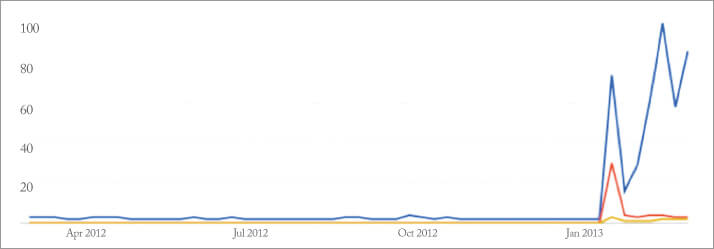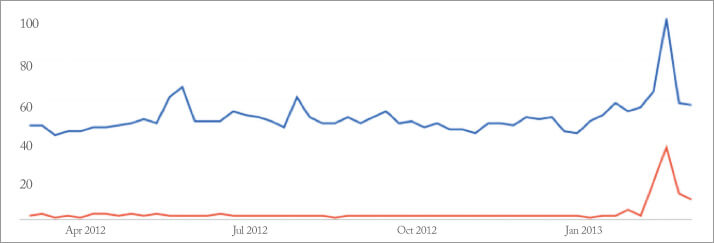"Public confidence has been badly shaken", according to European Health and Consumer Policy Commissioner Tonio Borg, and as evidenced by Google Trends, which tracks keyword search volume.
On Feb 13, Borg announced the Official Control Plan, which includes:
- Testing for presence of horse DNA in foods marketed or labeled as containing beef by Member States.
- Testing for presence of phenylbutazone residues in horse meat.


On January 15, the Food Safety Authority of Ireland (FSAI) announced the presence of horse (and pig) DNA in beef products when it released the results of a targeted study examining authenticity of beef products. Since then, questions have been raised in European parliament and food traceability is an even hotter topic. "Public confidence has been badly shaken", said European Health and Consumer Policy Commissioner Tonio Borg, as evidenced by Google Trends, which tracks worldwide keyword search volume. Along with searches for horsemeat, consumers were clearly concerned about health impacts with increased interest in phenylbutazone (or ‘bute’, a veterinary medicinal product whose use in food producing animals, including horses, is illegal).
Collated test results for horse
* Positive indicates levels of over 1% (DNA or meat) were reported. The 1% boundary was set as a pragmatic means of distinguishing between gross contamination or adulteration, and ‘trace’ levels.
Source
